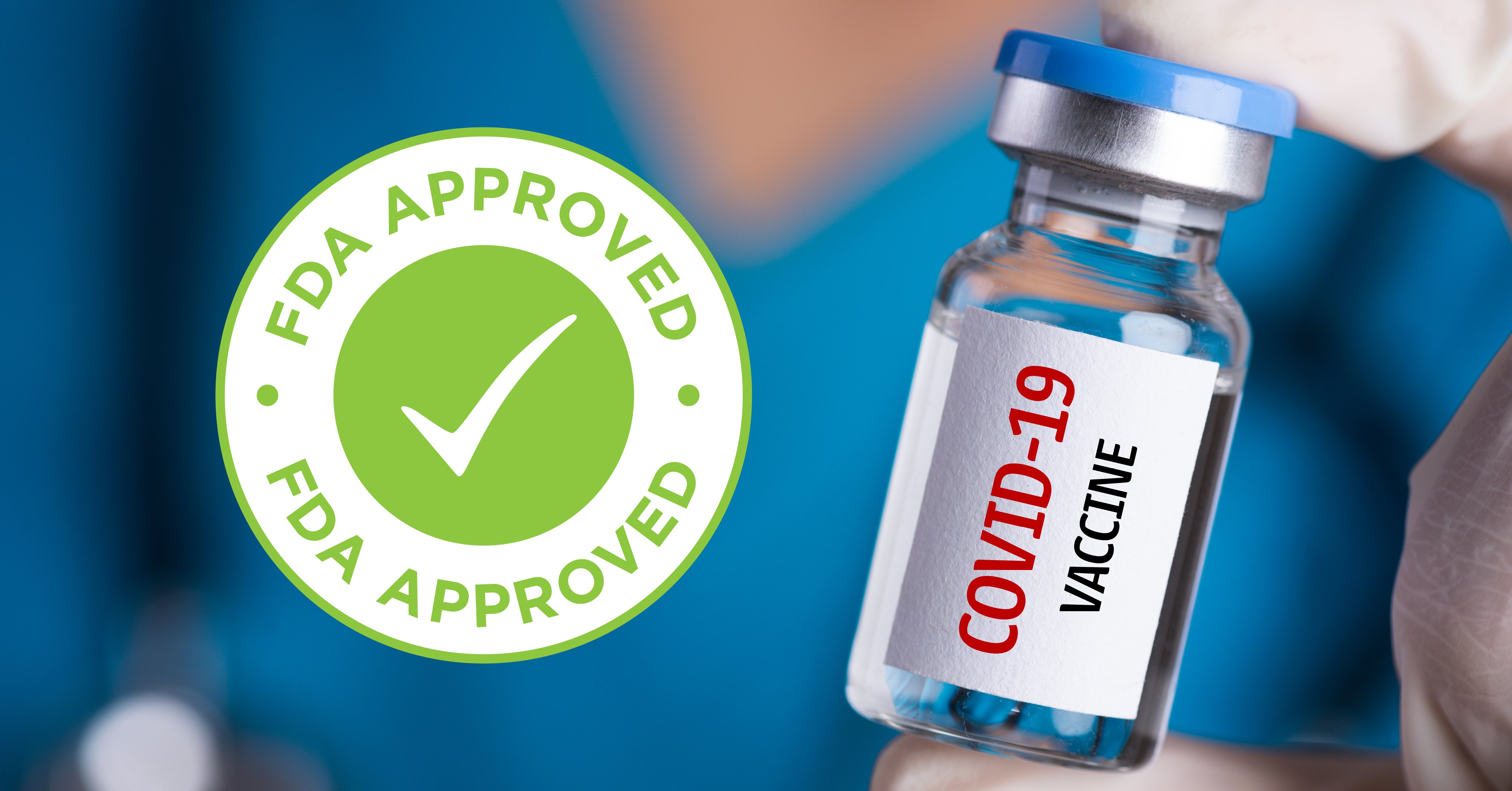The FDA has announced vaccine access changes, approving updated COVID-19 vaccines for the 2025-2026 season with significantly narrower eligibility rules. Announced on August 27, 2025, these approvals represent a marked shift in the nation’s vaccination strategy, moving away from universal recommendations and prioritizing specific at-risk groups. This decision, influenced by figures like HHS Secretary Robert F. Kennedy Jr. and FDA Commissioner Marty Makary, reflects a recalibration of the approach to COVID-19 immunization.

FDA’s New COVID Vaccine Guidelines
The U.S. Food and Drug Administration (FDA) has approved updated versions of the Moderna, Pfizer-BioNTech, and Novavax COVID-19 vaccines for the upcoming respiratory virus season. These updated vaccines are designed to target currently circulating SARS-CoV-2 variants, offering enhanced protection against severe illness. However, a key change is the restriction of vaccine eligibility for many Americans.
Who Is Eligible?
Under the new guidelines, the updated COVID-19 vaccines are approved for all seniors aged 65 and older. For younger adults and children, eligibility is limited to those with at least one high-risk health condition, such as asthma or obesity. Furthermore, the FDA has revoked the emergency use authorization for Pfizer’s vaccine for children under 5. Moderna’s Spikevax vaccine remains approved for children as young as 6 months, but only for those with at least one serious health problem. These eligibility changes represent a significant departure from previous recommendations.
Vaccine Availability and Timing
The FDA advised manufacturers in May 2025 that the updated vaccines should target specific variants for the fall season. According to manufacturer statements, Pfizer and Moderna anticipate their updated shots to be available immediately or in the coming days, while Novavax expects its vaccine to be available in early fall. These vaccines will be distributed to pharmacies, hospitals, and clinics across the United States.
The Reasoning Behind the Changes
The updated vaccines target the LP.8.1 sublineage of the Omicron JN.1 variant for mRNA vaccines (Pfizer and Moderna) and the JN.1 variant for Novavax. The aim is to provide better protection against severe illness, hospitalization, and death caused by these evolving strains. The narrower eligibility rules reflect a shift in federal health policy. According to news outlets, HHS Secretary Robert F. Kennedy Jr. has expressed “heightened skepticism about the ongoing risks of COVID-19 and the need for yearly booster shots.” This approach prioritizes older adults and individuals with underlying risk factors who are at higher susceptibility for severe disease.
Impact of the New Restrictions
The new rules present potential barriers to access for millions of Americans who may wish to get vaccinated but no longer qualify under the tightened criteria. Healthy individuals under 65 will now need to consult with a healthcare provider to determine if they can receive the vaccine, and some may find themselves ineligible. This departure from the previous policy of recommending annual shots for all Americans aged 6 months and up has been met with criticism from some medical groups. Some medical organizations, such as the Infectious Diseases Society of America (IDSA), have expressed concerns that the new rules could create confusion and put lives at risk.
Potential Challenges and Concerns
These new restrictions may affect insurance coverage, potentially leading to out-of-pocket costs for some individuals. The shift in policy could also lead to public confusion and decreased vaccination rates among those who are still eligible. Yale Medicine reports that clear communication will be essential to ensure that those who are eligible for the updated vaccines understand the new guidelines and can access the shots. The National Council on Aging also emphasizes the importance of ensuring equitable access for vulnerable populations.
Expert Perspectives
The FDA’s decision has elicited a range of reactions from the medical community. While some experts acknowledge the need to adapt vaccination strategies to evolving viral strains and changing risk profiles, others express concern about the potential consequences of limiting access to vaccines. The American Academy of Pediatrics has weighed in, with some members voicing concerns over the narrowed guidance. According to Contagion Live, the coming weeks and months will be crucial in assessing the impact of these new rules on public health and vaccination rates.
Navigating the New Vaccine Access Changes
As the updated COVID-19 vaccines become available, it is important for individuals to understand the new eligibility criteria and make informed decisions about their health. If you are unsure whether you qualify for the vaccine, consult with your healthcare provider. Stay informed about the latest recommendations from the FDA and other reputable sources. Despite the changes, manufacturers are beginning to ship the updated vaccines, with availability expected in the coming days and weeks.
The FDA’s approval of updated COVID-19 vaccines with new eligibility rules marks a significant shift in the nation’s approach to immunization. While these changes aim to provide targeted protection against evolving viral strains, they also raise important questions about access, equity, and public health communication. It is crucial for individuals, healthcare providers, and policymakers to work together to navigate these new guidelines and ensure that those who are most vulnerable receive the protection they need.


